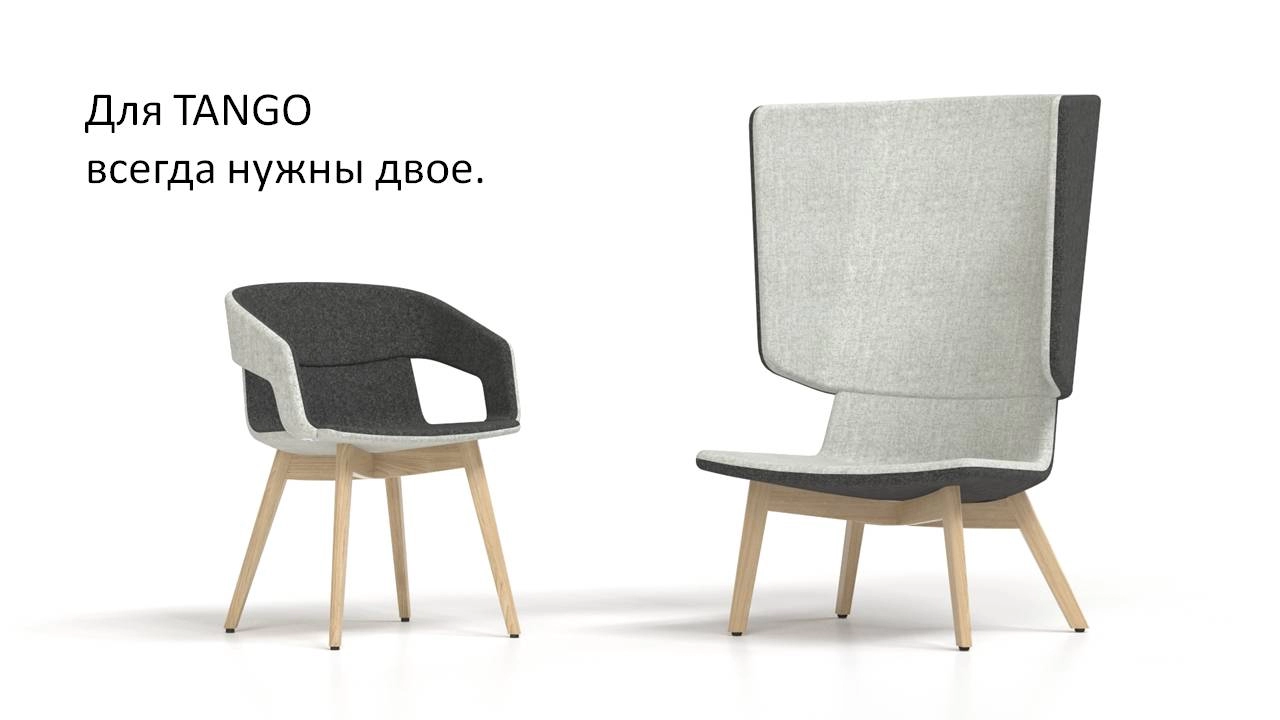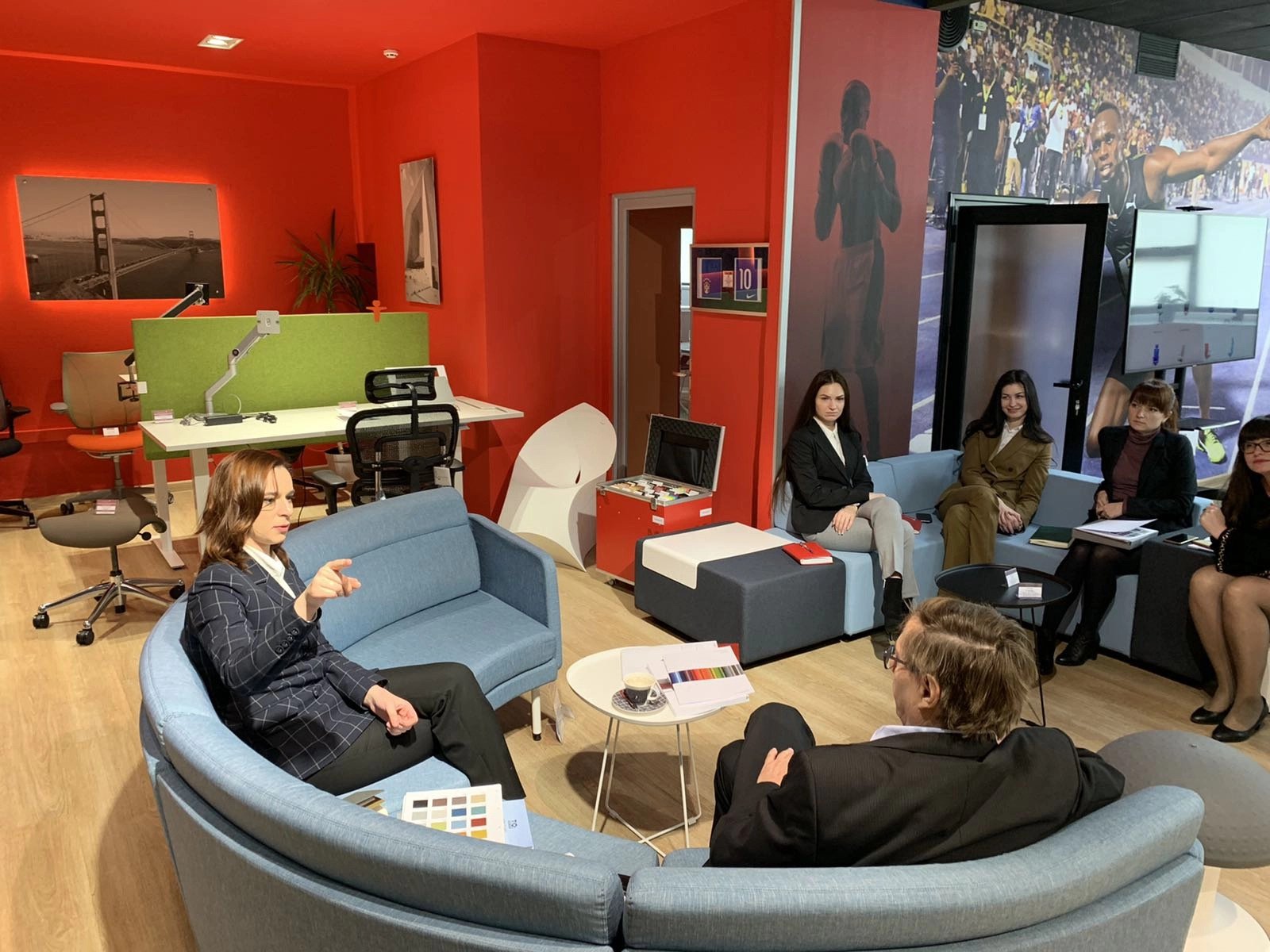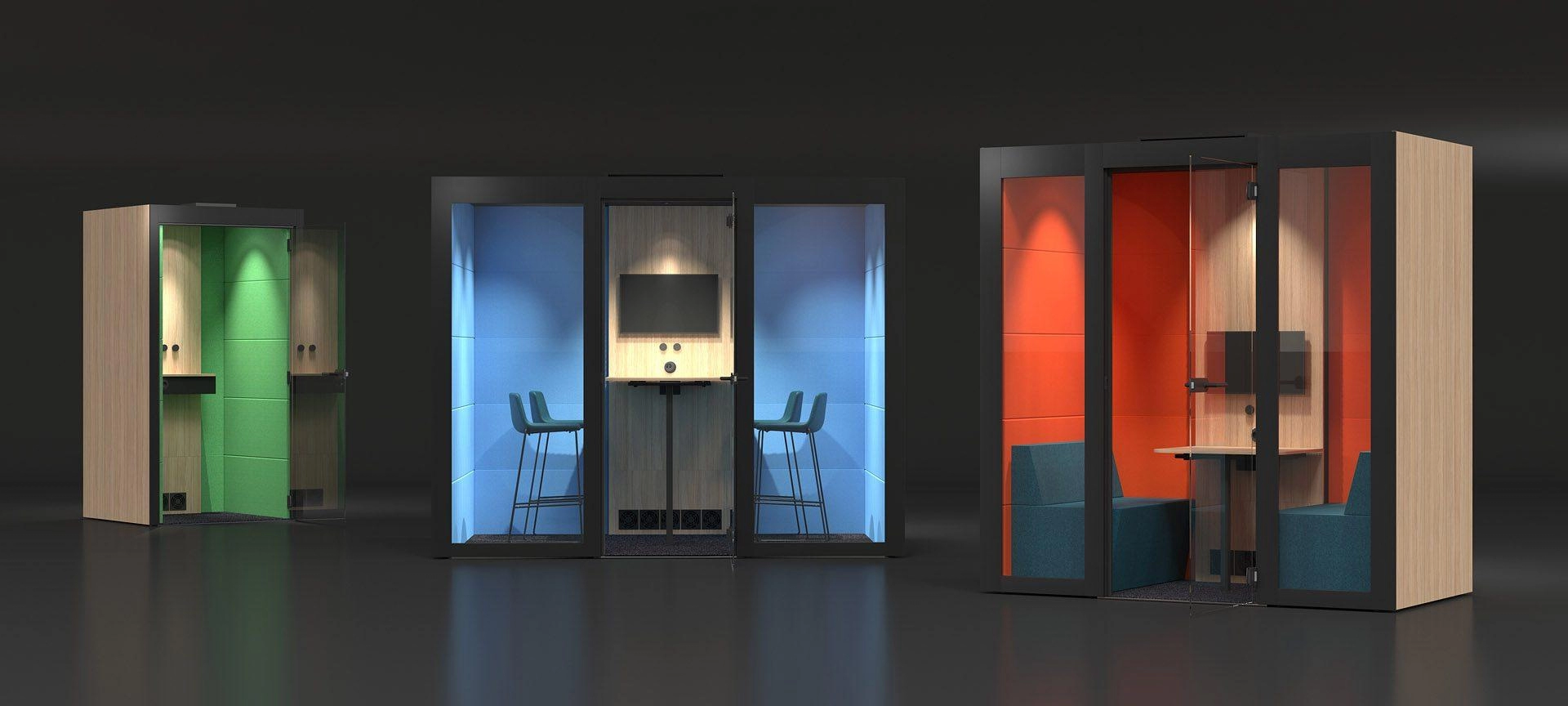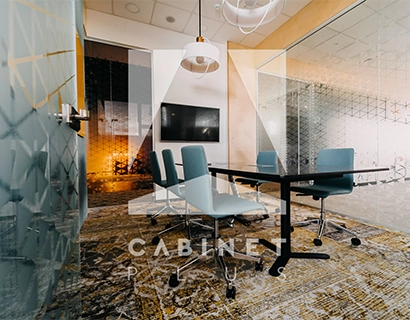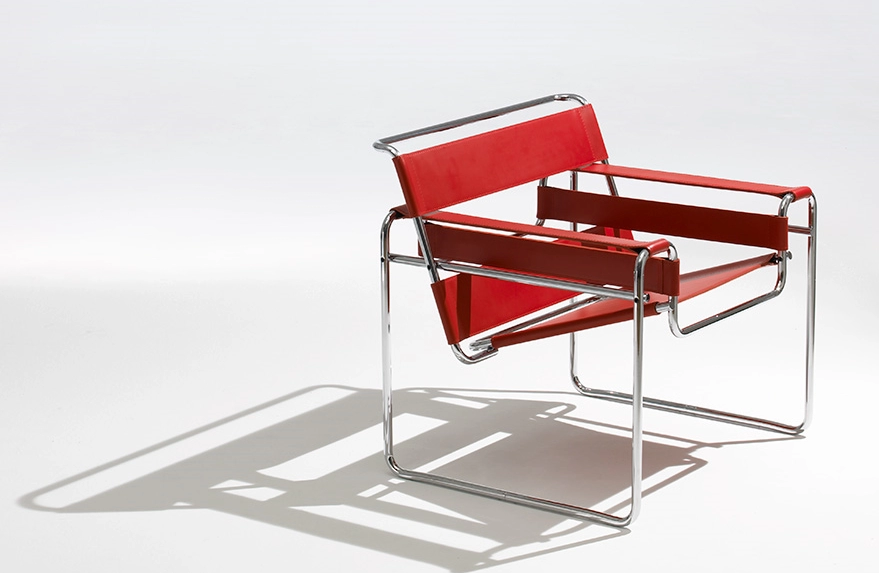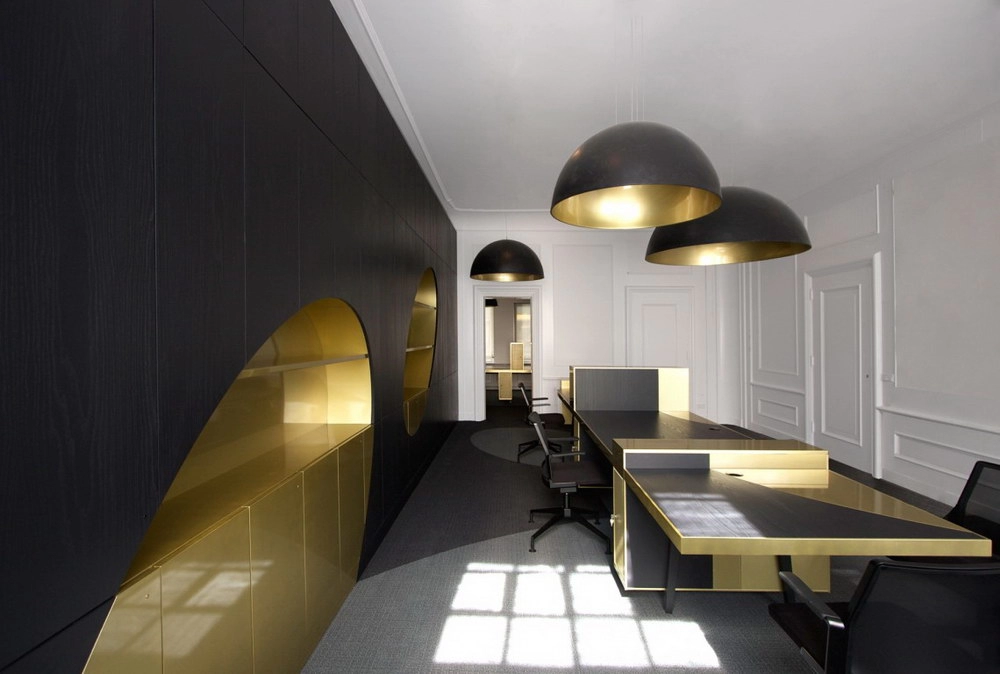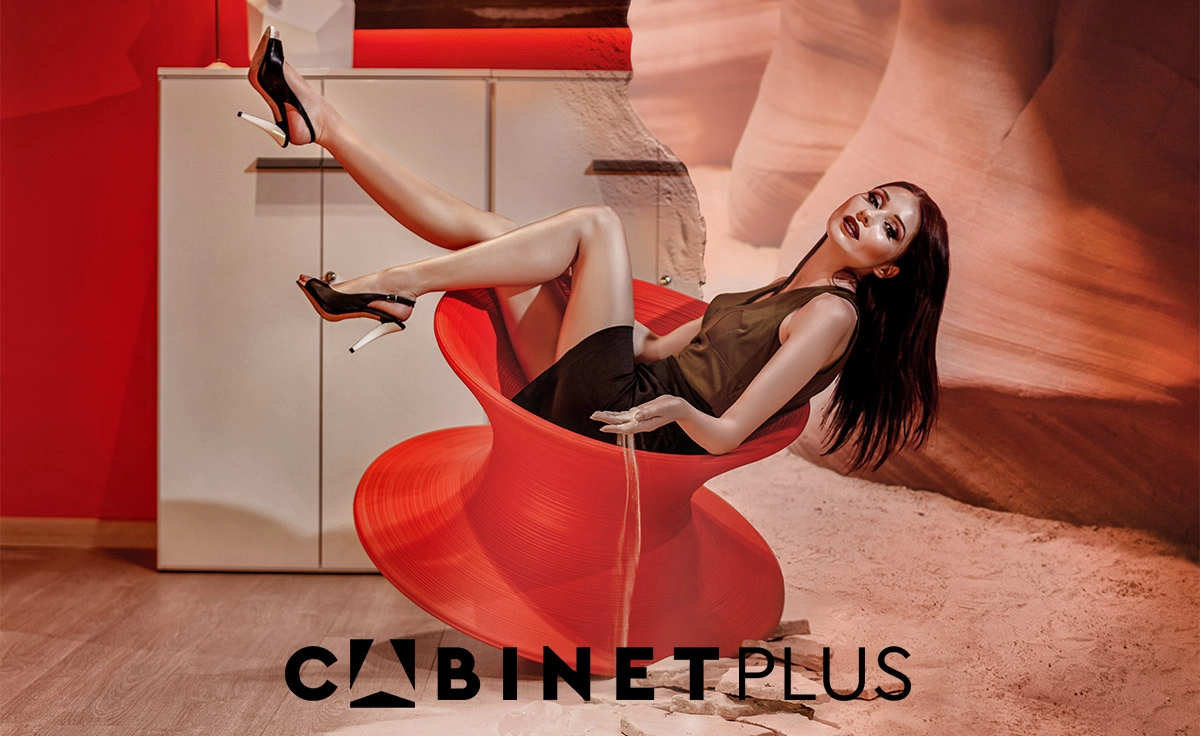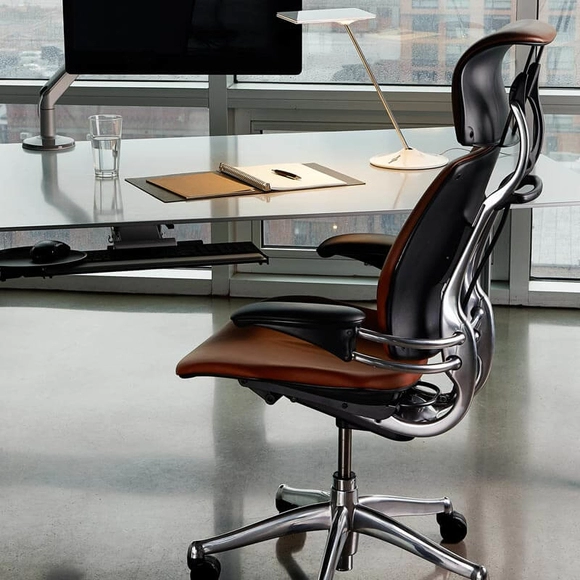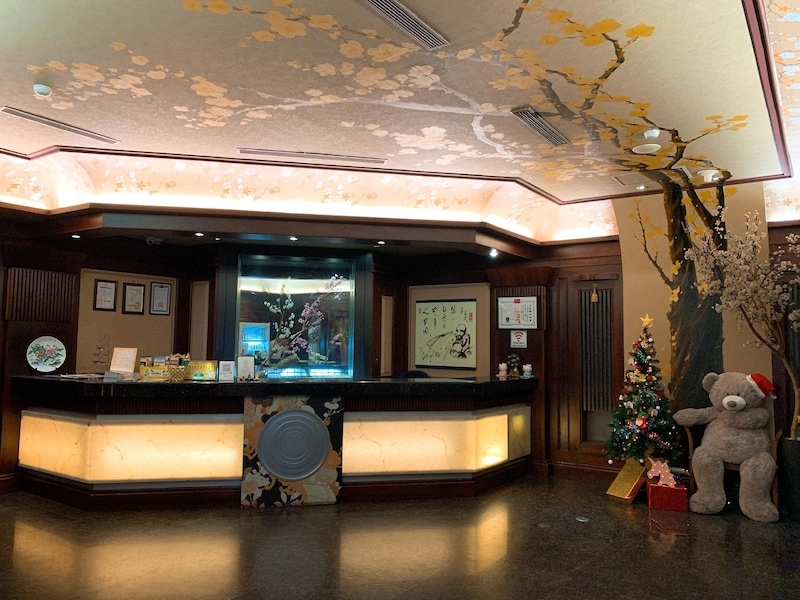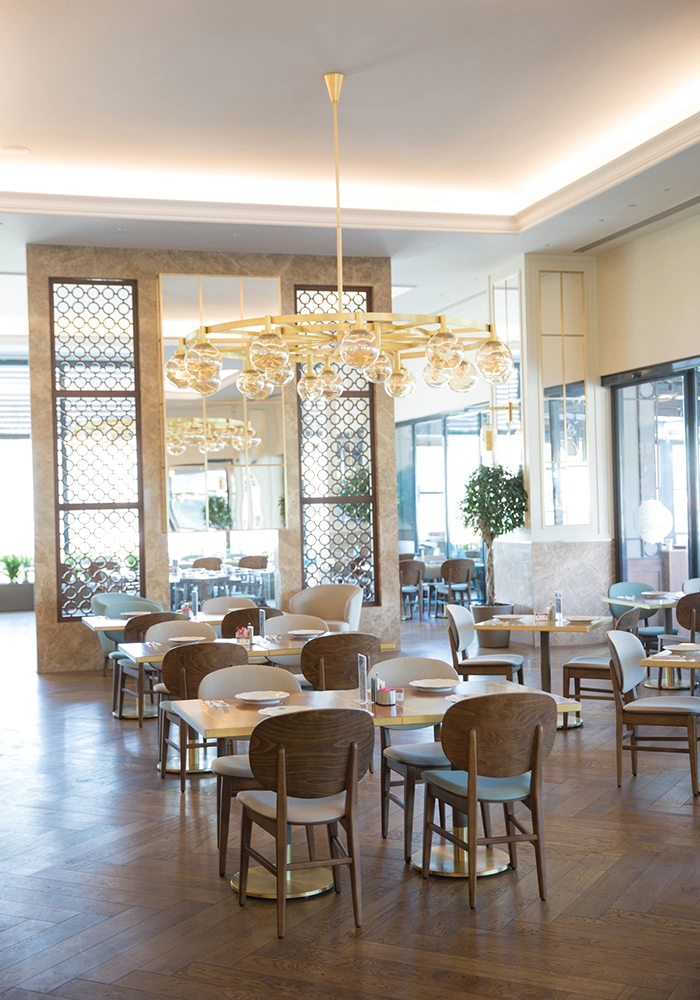
How to choose the right color and lighting for your office.
Color can liven up an office and create the right mood for your professionals. Different colors can have different psychological and emotional effects, and allow the employer to maximize the efficiency of employees in the office.

Painting the walls in an office is a good way to create the right work mood that will ultimately make a profit. The right lighting in the office allows your professionals to use their emotional and physical resources properly, and to focus on work longer and more efficiently.
Most popular colors and their effects.
Green walls in the office.
Many studies confirm that green broadens the mind and stimulates creativity. Green is the primary natural color, often associated with growth, and promotes a sense of emotional balance. So if you want your employees to be more productive, consider painting the work areas green.
Red walls in the office.
Red is a bright and emotionally intense color. It is necessary to use this color in the interior with extreme care and attention. When people see red, their reaction speeds up and they get a burst of extra energy - this is a useful tool, the main thing is to remember that an abundance of red can lead to burnout of employees, and in the long term, red reduces the analytical skills of specialists.

Another interesting feature of red is an increase in appetite, which is why red dominates in many restaurants and fast-food chains. Excessive use of red in an office environment can be distracting and tiring for employees. It is best to use red in food outlets or common areas intended for communication.
Blue walls in the office.
Traditionally, blue is considered one of the most “productive” and popular colors in the world. Perhaps the popularity of blue is due to its calming effect. Blue in the office makes employees feel stable and peaceful. However, sometimes it can seem cold. In an office space, it is critical to combine blue with other, brighter office wall colors.
Pink walls in the office.
Fun Fact About Pink: The walls of the vast majority of prisons around the world are painted pink. All these thanks to its amazing ability to calm and soothe. In prisons, it is used to reduce violent behavior. This color quality can also be used for workspaces, for example: painting the walls of a conference room pink, where negotiations can be hot.
White walls in the office.
White looks modern and conveys reliability. Many global brands actively use white to convey product reliability and purity. A versatile and always contemporary color. This color is also popular in office interiors, however, it is important to remember: a large number of monochrome colors can tire an employee and his mind starts to wander due to the lack of external stimulation.

When deciding what color to use in your office, using your brand colors may be the obvious choice. However, it might be worth considering the connotations and psychological effects of these colors instead to make sure they are aligned with your employees' goals and objectives.
Prioritize natural light.
When choosing or planning an office space, pay attention to how much natural light the office receives, and try to find ways to increase it. Try to arrange desks so that employees get enough natural color.
If rearrangement and redevelopment of the premises are not possible, there are several other possibilities to increase the amount of light in the office.
Artificial lighting is your new best friend. If you want to simulate natural light, use daylight-simulating full-spectrum lamps to keep the light soft and warm. Spotlights are also a good choice.
Using natural elements in office furnishings can also help compensate for the lack of natural light.
Other news
All news










